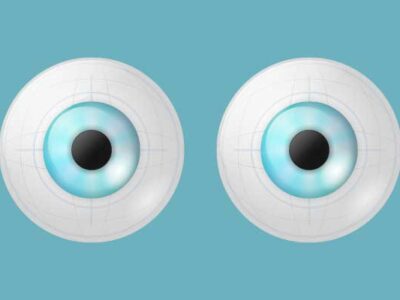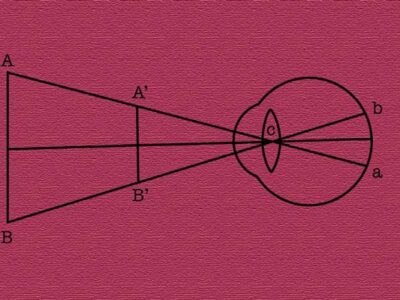2020 EyeLink Publication Update
Another year has passed (and what a year…), and we’ve updated our publication database again. 2020 may not have been a vintage year in …
SHIPPING NOW – the EyeLink 3. Combined head and eye tracking at up to 1000 Hz.
Sam Hutton studied Experimental Psychology at the University of Sussex, and liked it so much he stayed there to do a PhD. His first encounter with an eye tracker was during his post-doctoral fellowship at Imperial College, London. He was based in the Neuro-opthalmology unit at Charing Cross Hospital for 6 years, and whilst there learned to use an ancient infrared eye tracking system to measure basic oculomotor function (prosaccades / antisaccades / smooth pursuit etc) in patients with neuropsychiatric and neurological disorders. He was hooked, and has been actively involved in eye tracking research in one way or another ever since. When not writing blogs (e.g. most of the time…) he works with the rest of the SR Research Support Team on a range of projects, taking a particular interest in issues involving eye tracking in clinical settings (for example eye tracking nystagmus / neurological disorders) and pupillometry. He can also be found teaching eye tracking workshops on a range of topics, and generally trying to make sure that people don’t make the same mistakes he did. He loves to eye track animals, and has so far managed to record gaze from mice, cats, dogs and a duck…

Another year has passed (and what a year…), and we’ve updated our publication database again. 2020 may not have been a vintage year in …

Eye-tracking research can sometimes feel like a bit of a terminological minefield, particularly if you are new to the topic. In this …

We have recently finished updating our database of EyeLink publications – there were more than 900 papers published in 2019 alone, …

The concept of visual angle is critical to many aspects of eye-tracking research, but it is one of those things that people are somehow …
Researchers are increasingly using eye trackers to explore changes in pupil size (pupillometry) in order to reveal insights into …
Researchers are increasingly aware of the benefits of combining eye tracking with EEG and other neurophysiological recording equipment. …
Another change behind the scenes is that we are now using proper reference management software to store all the publications, and this …
What is eye-tracking? Put simply, eye tracking is the process of measuring eye movements. A typical goal for eye-tracking research is to …
